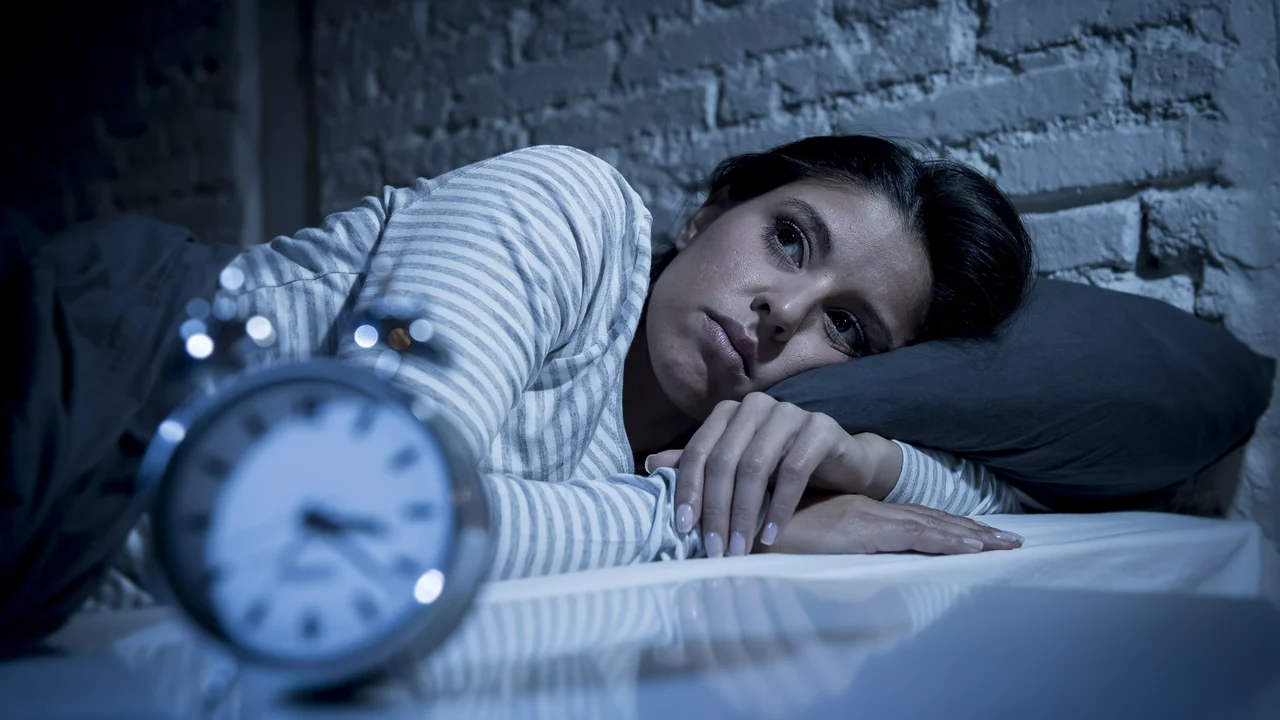Struggling to fall asleep, waking up gasping, or feeling tired all day? Those are all signs of sleep disorders, and they’re more common than you think. This page explains the main types, quick things you can try at home, when to see a doctor, and common treatments including medicines and therapies.
Insomnia is the most familiar one — trouble falling asleep, staying asleep, or waking too early. It can be short-term (stress, travel) or chronic. Sleep apnea causes pauses in breathing and loud snoring; you may wake up gasping or choke in your sleep. Restless legs syndrome (RLS) makes your legs feel restless at night and can ruin sleep. Narcolepsy causes extreme daytime sleepiness and sudden sleep attacks. Circadian rhythm disorders happen when your body clock is off — like shift work sleep disorder or delayed sleep phase in teens.
Look for red flags: daytime sleepiness that affects work or driving, loud regular snoring, gasping pauses, very frequent night wakings, or sudden muscle weakness with strong emotions (a sign of narcolepsy). If those show up, don’t ignore them.
Start with sleep hygiene: consistent bedtime and wake time, block blue light an hour before bed, keep your bedroom cool and quiet, and avoid big meals, caffeine, and alcohol near bedtime. These basics help a lot.
For chronic insomnia, cognitive behavioral therapy for insomnia (CBT-I) is the preferred first-line treatment. CBT-I teaches habits and thought changes that improve sleep long-term and often beats pills for lasting results. If medication is needed, short-term options include low-dose sedative-hypnotics or certain antidepressants; talk risks and benefits with your provider because some sleep meds can cause morning drowsiness or dependence.
If you snore and wake gasping, ask about a sleep study. Obstructive sleep apnea is usually treated with CPAP (a mask that keeps airways open), oral appliances, or weight loss and positional therapy for mild cases. For RLS, check iron stores — low ferritin can make symptoms worse, and supplements may help. Dopamine agonists or gabapentin are common drug treatments for RLS when needed.
Melatonin can help with jet lag and some circadian problems; start low (0.3–1 mg) and time it properly — usually a few hours before desired sleep time. Higher doses (2–5 mg) are used but can shift your clock unpredictably. Modafinil or armodafinil are common prescriptions for daytime sleepiness in narcolepsy, while sodium oxybate is used for severe cases but requires specialist oversight.
When to see a specialist: suspected sleep apnea, sudden daytime sleep attacks, symptoms that impair safety (driving), or when simple fixes don’t work after a few weeks. A sleep clinic can run a study and help pick the right treatment. If you’re taking other medicines, always check interactions before adding sleep aids or supplements.
Small changes often add up. Try one or two sleep-hygiene adjustments for two weeks, keep a sleep diary, and use that info when you talk to your doctor. Sleep matters — getting it right improves mood, memory, and overall health.

In my latest blog, we explored the fascinating science behind sleep and the detrimental effects sleep disorders can have on our health. We delved into the intricate processes our bodies undergo during sleep, and how disruptions to this can lead to a variety of health issues. We learned that sleep disorders can cause cognitive impairment, mood swings, and chronic health problems. Moreover, we discussed various types of sleep disorders and their potential remedies. Finally, we emphasized the importance of seeking professional help if you suffer from a sleep disorder.
More